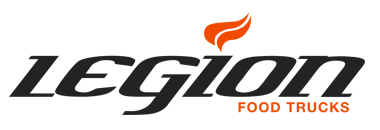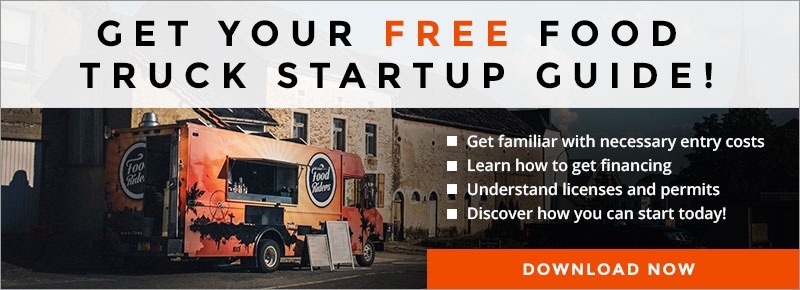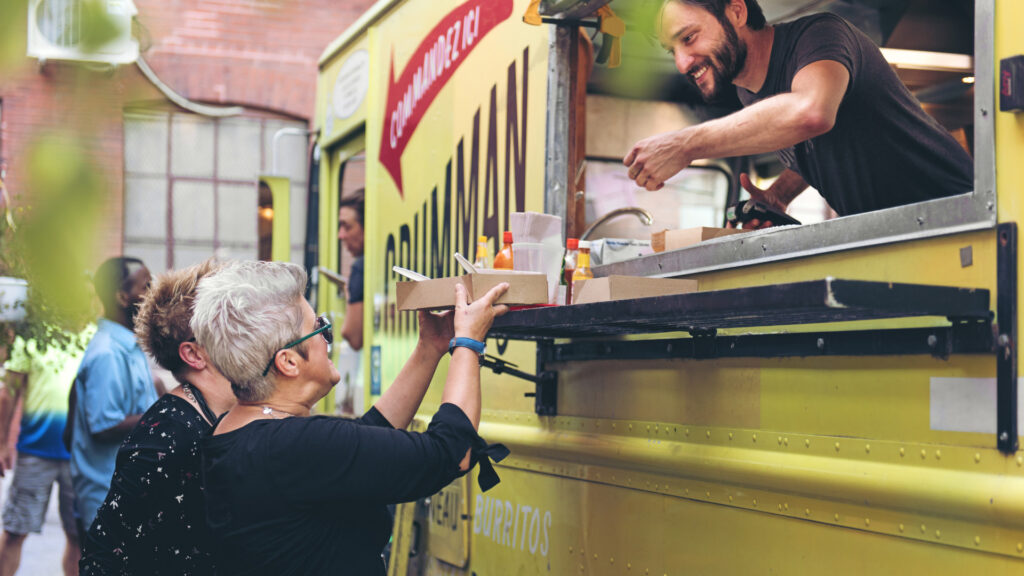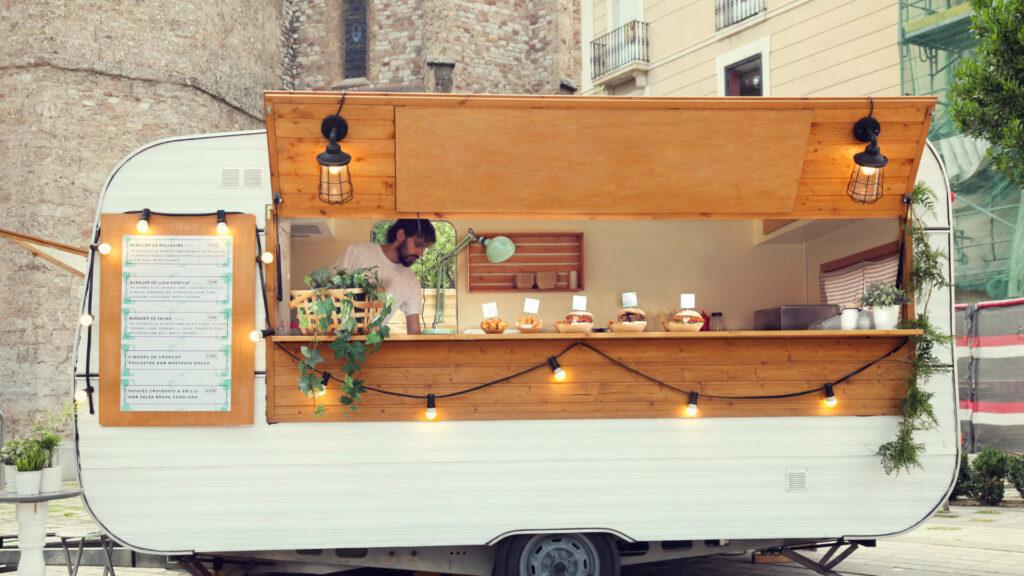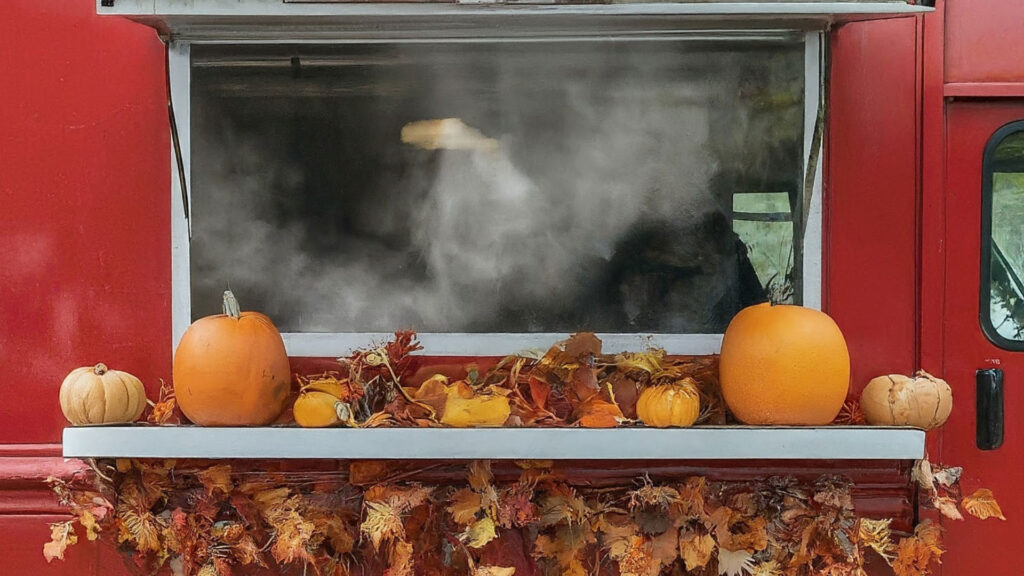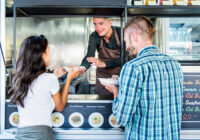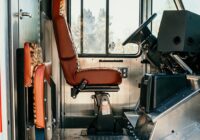With rising inflation, food trucks must find all means to continue making profits and stay afloat. One of the best ways they can survive through the dynamic food market landscape is menu engineering. Read on to find out what menu engineering is and how to apply it to your food truck business.
What Is Menu Engineering?
Menu engineering is the practice of analyzing and designing a menu to maximize profits. This looks at each menu item’s profitability and popularity to categorize them into one of four categories (star, puzzle, horse, dog) and determine their placement on the menu. When done effectively, this can increase your profits by up to 15% and help eliminate poor-performing items. Although menu engineering is usually used in restaurant menus, it’s also helpful for food truck menu boards.
How To Apply Food Truck Menu Engineering
Follow these steps when applying menu engineering to your food truck.
1. Calculate Food Costs
This refers to breaking down every item on your menu from its ingredients to determine how much it costs to create a specific portion of a dish that you serve. It may not be as fun as writing menu descriptions, but it’s necessary to determine profits, reduce food waste, and reduce over-ordering. The following quick rundown can help you calculate food costs for your dishes:
- List the ingredients used to prepare the dishes, including garnishes, cooking oil, and seasonings.
- Calculate the cost of every ingredient in the dish. For instance, if you bought a pack of 12 buns for $3, a single bun for your hamburger would be $0.25 ($3/12=$0.25).
- Calculate the delivery fees, interest, return changes, and other expenses related to the inventory and purchasing foods, except the labor cost.
- Add the ingredients and purchasing costs to get the food cost.
Now that you know the food cost for specific items on your menu, calculate the contribution margin of these items. The contribution margin differs between your listed price and the food cost. This represents the amount the item contributes to your overall food truck running cost, labor cost, and profits.
2. Determine the Popularity of Food Items
It’s easier to determine the popularity of a specific food item with a POS system. However, you can still determine this even without one. Start by choosing a particular period, preferably a few weeks, to keep a tally of every dish you sell during that period. Once you’re done, list all the items from those with high popularity to those with low popularity.
3. Compare Items With Prices to Determine Their Category
The next step is classifying all the items on your menu. All menu items are categorized into stars, puzzles, horses, and dogs. These categories represent the level of profitability and popularity of the food item.
- Star: High profitability and high popularity
- Puzzle: High profitability and low popularity
- Horse: Low profitability and high popularity
- Dog: Low profitability and low popularity
With these categories, it’s easier to determine the fate of your menu items. Here’s what to do according to the categories:
- Stars: Highlight all food items under this category in your menu.
- Puzzle: Ensure your servers promote these items or lower their prices to increase sales volume and produce high profits.
- Horse: Consider creating more profitable versions of food items that fall under this category.
- Dog: Consider omitting items under this category or deemphasizing them by simply listing them and refraining from putting further effort into their promotion.
4. Update Your Menu
Now that you know exactly what to do with your food items based on their categories, it’s time to update your menu. Part of the design highlights the items you intend to sell most (your stars and puzzles). You can use visual cues like colors, underlines, boxes, and pictures to help these items stick out. When arranging your menu, keep eye movement in mind, placing the star and puzzle items at the top.
5. Test and Review
Go back and check your sales a few months after your first menu-engineering and do another round of analysis. You can make minor tweaks to your menu based on how your stars, puzzles, horses, and dogs perform. Going forward, you can continue testing your food items to determine what’s working and what’s not.
Get the Best of Your Menu Engineering With Legion Food Trucks
Menu engineering is an excellent process to help you make the most profit while running a food truck business. It enables you to analyze your food items and decide on them based on their profitability and popularity. However, besides having the perfect menu listing, it’s helpful to maintain a truck that ensures convenience in preparing and serving your customers.
At Legion Food Trucks, we can turn your vision into a custom food truck that gets you ahead of your competitors. With our interactive food truck builder, you can create a concept that matches your expectations, get a rough quote, and have our fabricators contact you to build your dream truck. Contact us today to learn about our many food truck services, ranging from helping with initial branding to creating digital menu boards.

